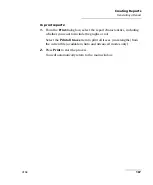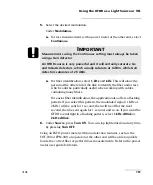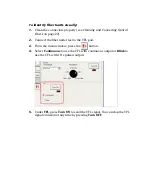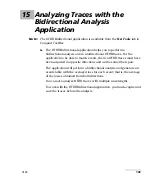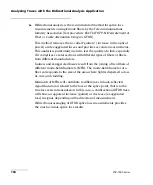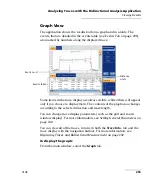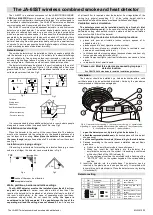
Using the OTDR as a Light Source or VFL
OTDR
191
5.
Select the desired modulation.
Under
Modulation,
³
For loss measurement, with a power meter at the other end, select
Continuous
.
³
For fiber identification, select
1 kHz
or
2 kHz
. This will allow the
person at the other end of the link to identify the fiber under test,
which could be particularly useful when working with cables
containing many fibers.
For easier fiber identification, the application also offers a flashing
pattern. If you select this pattern, the modulated signal (1 KHz or
2 KHz) will be sent for 1 second, then will be off for the next
second, then be sent again for 1 second, and so on. If you want the
OTDR to emit light in a flashing pattern, select
1 kHz+Blink
or
2 kHz+Blink
.
6.
Under
Source
, press
Turn ON
. You can stop light emission at any time
by pressing
Turn OFF
.
Using an EXFO power meter with tone-detection features, such as the
FOT-930 or FPM-300, an operator at the other end will be able to quickly
locate the correct fiber or perform loss measurements. Refer to the power
meter user guide for details.
I
MPORTANT
Measurements using the Continuous
setting must always be taken
using a GeX detector.
An OTDR source is very powerful and it will certainly saturate Ge
and InGaAs detectors, which usually saturate at 6 dBm, while GeX
detectors saturates at 26 dBm.











